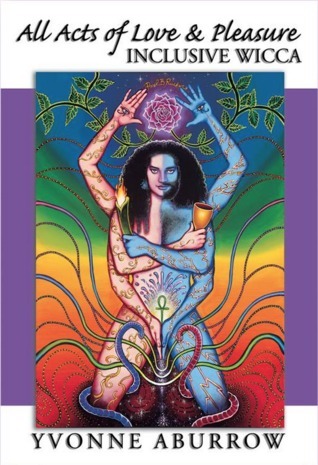 Thista Minai (2017), Casting a Queer Circle: Non-Binary Witchcraft. Hubbardston, MA: Asphodel Press.
Thista Minai (2017), Casting a Queer Circle: Non-Binary Witchcraft. Hubbardston, MA: Asphodel Press.
Aimed at everyone who finds that binary and heterocentric approaches to witchcraft do not fit actual lived reality, this book is an outstanding guide to crafting an inclusive, non-binary approach to ritual. It contains a complete system of magic, ritual, symbolism, festivals, and ritual roles, all designed to be inclusive, safe, creative, and genuinely transformative.



